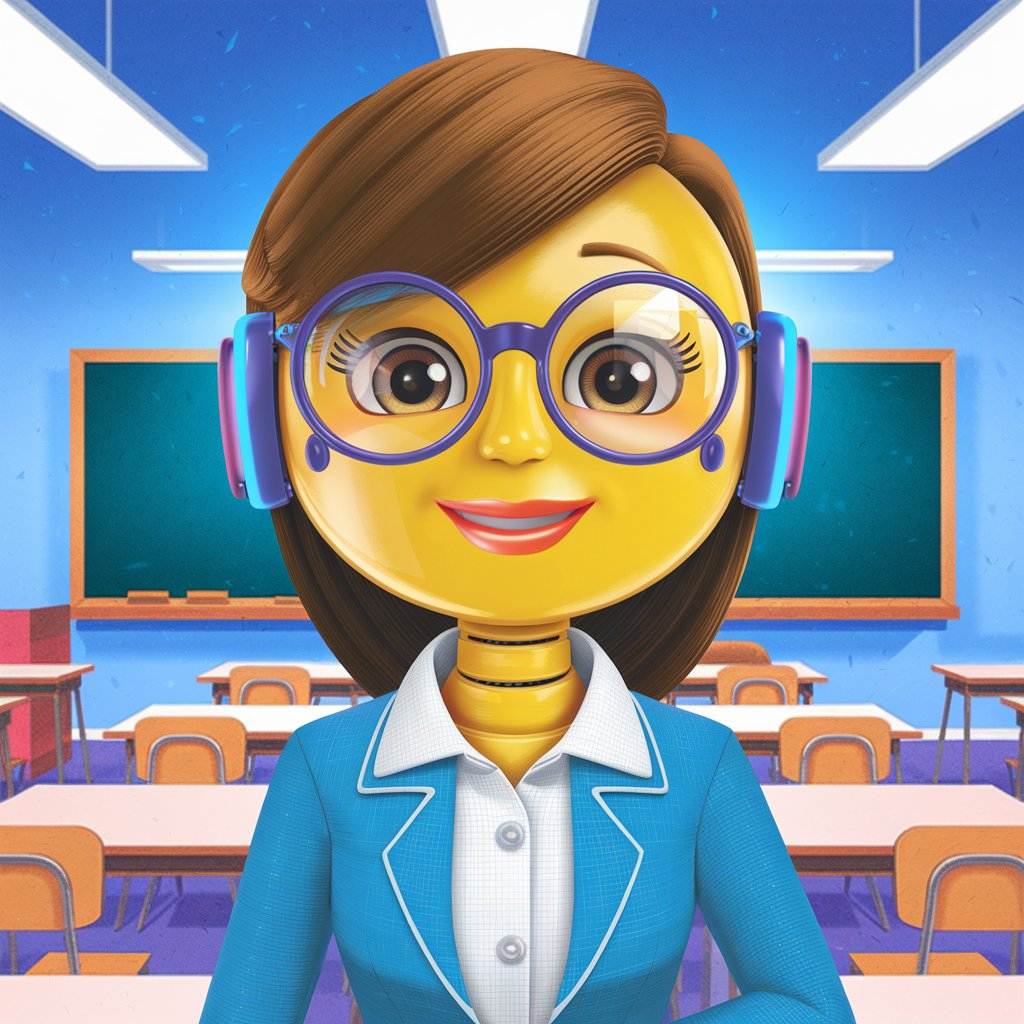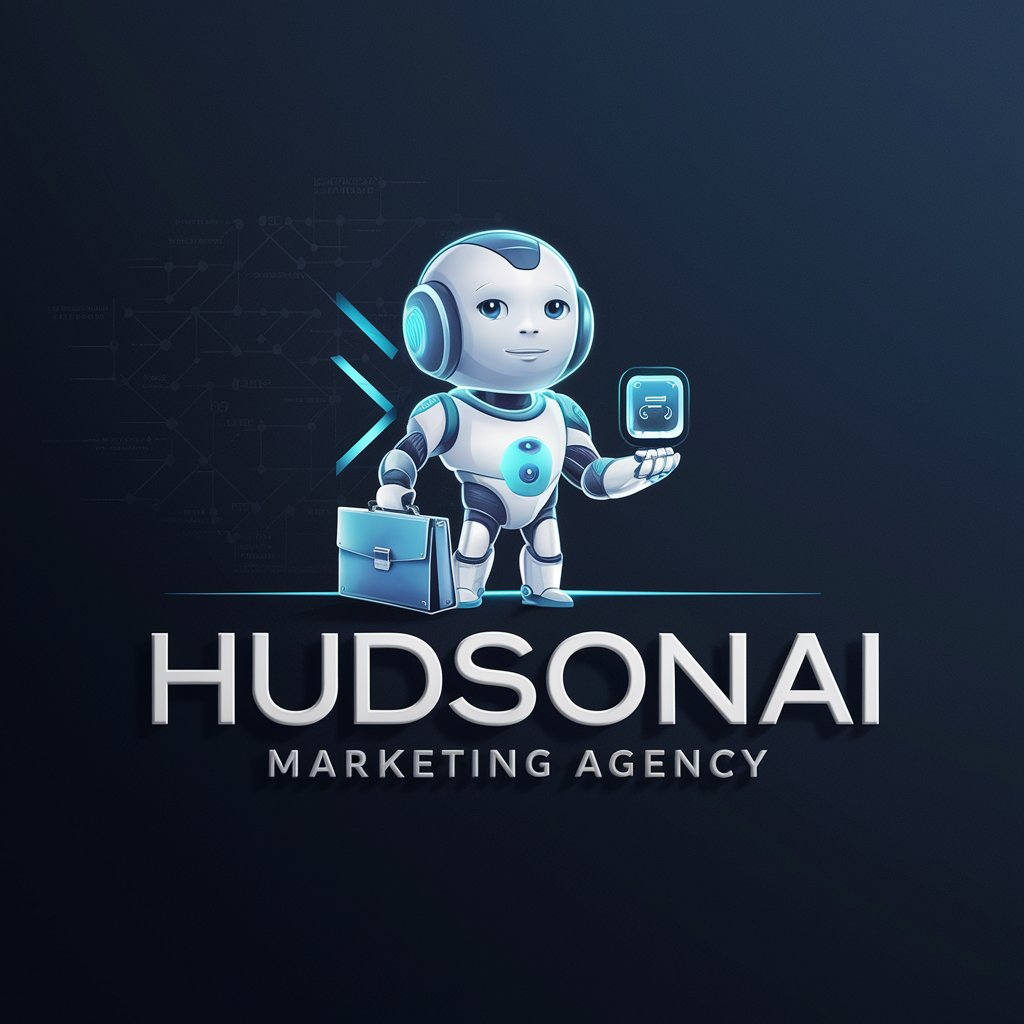How is Artificial Intelligence moving forward and why AI looks good 👍
**How Artificial Intelligence Is Moving Forward: The Next Big Leap**
Artificial Intelligence (AI) has been a buzzword for years now, but what’s truly fascinating is how it's rapidly evolving. No longer confined to the realms of sci-fi or specialized tech labs, AI is making its way into our everyday lives, sometimes without us even realizing it. Let’s take a closer look at how AI is moving forward, and why it’s not just a tech trend—it’s the future.
### The Rise of AI: From Buzzword to Reality
A few years ago, AI sounded like something you’d only encounter in a *Star Wars* movie or a futuristic novel. But today, it’s embedded in nearly every facet of modern life. Whether it's the recommendation systems that suggest your next Netflix binge, or the voice assistants that manage your to-do lists, AI is subtly shaping how we live, work, and communicate. It’s no longer a novelty—it’s becoming a necessity.
AI's recent leaps forward are driven by several key innovations:
1. **Machine Learning (ML) and Deep Learning** – These algorithms have become incredibly powerful. AI systems can now recognize patterns in data, learn from them, and make decisions with increasing accuracy. Think of how AI systems beat world champions in games like Chess and Go. These same systems now help businesses predict market trends, improve customer service, and even optimize supply chains.
2. **Natural Language Processing (NLP)** – This is the tech that powers chatbots and virtual assistants. It's the reason why Google’s Assistant or Apple’s Siri can not only understand your voice commands but can also engage in meaningful conversation. AI is getting better at understanding human language, making it possible for us to interact with machines in ways that feel natural and effortless.
3. **Computer Vision** – Remember the times when facial recognition seemed like something out of a spy movie? Today, it’s used for everything from unlocking your smartphone to securing airports. AI’s ability to “see” and analyze visual data is advancing at a rapid pace. Autonomous vehicles, for instance, rely heavily on computer vision to navigate the world around them.
### AI in Action: Everyday Uses You Didn’t Expect
AI’s applications go well beyond what meets the eye. Here are a few real-world examples that might surprise you:
1. **Healthcare** – AI is revolutionizing medicine by assisting in diagnosis and treatment planning. Doctors are now able to use AI algorithms to detect diseases early, predict patient outcomes, and even suggest personalized treatments based on genetic data. AI isn't replacing doctors, but it's empowering them to make more accurate decisions.
2. **Retail and E-Commerce** – Ever wonder how those ads you see online seem to know exactly what you’re thinking? It’s AI, analyzing your browsing habits, predicting your preferences, and serving up the perfect suggestions. In fact, entire supply chains are optimized by AI—products are delivered more efficiently, and warehouses are becoming more automated.
3. **Finance** – AI is also revolutionizing the finance industry. Algorithms are now used to detect fraudulent transactions, automate trading, and even provide financial advice. Robo-advisors analyze your risk tolerance and create a
personalized investment plan in minutes, and chatbots help customers with everything from account balances to loan approvals.
### The Road Ahead: What’s Next for AI?
If AI’s current capabilities seem impressive, the future is even more mind-blowing. Here are a few areas where AI is poised to push the boundaries:
1. **General AI** – Right now, we have what’s called *narrow AI*, which means AI systems are specialized in specific tasks. But the holy grail is *general AI*, an intelligent system that can learn and adapt to any situation, just like a human. While we’re not there yet, research in this area is gaining momentum.
2. **AI and Ethics** – As AI becomes more powerful, questions around ethics and responsibility are coming to the forefront. Who is accountable when an AI makes a mistake? How do we prevent bias in AI systems? These are crucial questions, and the future of AI will depend as much on addressing them as it does on technological breakthroughs.
3. **AI in Creative Arts** – Interestingly, AI is not just being used for number crunching and data analysis—it’s also dabbling in the creative arts. AI has been used to compose music, write poetry, and even paint. Some of the results are surprisingly impressive, raising the question: can AI be creative? While AI’s creativity may still be limited by its programming, it’s certainly a fascinating development.
### A Tale from the Future: How AI Saved the Day
Let’s imagine a near future where AI isn’t just supporting us, but actively collaborating with us.
It’s 2030. Clara, a project manager at a tech startup, wakes up to the sound of her virtual assistant gently nudging her about the day’s meetings. She’s preparing for a major product launch but has hit a roadblock with her marketing strategy. Clara calls up her AI-powered assistant, "Vera," who, instead of just suggesting a generic plan, analyzes recent market data, competitor trends, and the company's unique strengths.
Within minutes, Vera presents a comprehensive marketing strategy. It’s so good that Clara wonders if she even needs her marketing team anymore. But here's where the beauty of AI really shines—it’s not about replacing humans. It’s about elevating what they do best. Clara takes Vera’s suggestions, but then adds her own creative spin that only a human with a deep understanding of her product and market could do. The result? A groundbreaking campaign that combines AI’s analytical power with human ingenuity.
AI didn’t take over; it complemented Clara’s skills, making her more efficient and creative. It’s this kind of collaboration that represents the future of AI—working *with* us, not *for* us.
### Conclusion: AI's Future Is Our Future
Artificial intelligence is no longer a far-off dream or a passing trend. It’s here, it’s evolving, and it’s changing the world in ways we can’t yet fully comprehend. As AI moves forward, it’s not about fearing it will replace us; it’s about learning how to work with it, embrace it, and let it enhance what we already do so well.
The future of AI is not some distant horizon. It’s right here, in our homes, in our pockets, and in our hands. The key is to harness it responsibly and creatively—because the best is yet to come.





Comments
Post a Comment